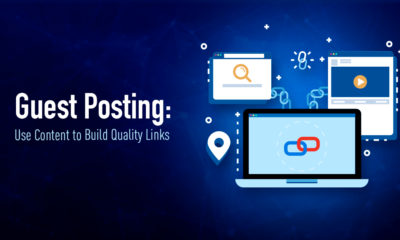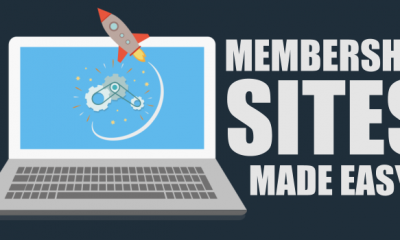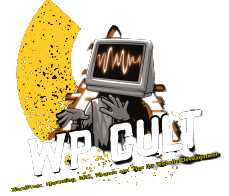Articles
WordPress 2.7 Release Candidate 1
With the release of RC1, we’re in the final leg of development before the release of 2.7. 280 commits since beta 3 have polished the new admin UI (including new menu icons created by the winners of our icon design contest) and fixed all known blocker bugs. We think RC1 is ready for everyone to try out. Please download RC1 and help us make the final release the best it can be. As always, back up your blog before upgrading.
News
cforms II now GPL compliant
Well, it was a long run, ok, only 24 hours when Mr. Seidel’s announced that he would pull the plug on further updates to the cforms plugin.
But after consideration and many emails, he has released a update to a GPL compliant version of his plugin: 10.2.
News
Goodbye to cforms II
If you are using the cforms II, you may want to head over to Mr. Seidel’s site for more info on the matter.
Premium
Revolution Two: Church Theme
Benefits include the Church theme, unlimited theme support answered by our experts, customization techniques with our detailed theme tutorials and professional design services available by our list of recommended designers.

Price:
Single License: $59.95 Buy Now!
Pro Plus All-Theme Package: $199.95 Buy Now!
-
Tips & Tricks5 months ago
WordPress Security Hacks
-

 Pages7 months ago
Pages7 months agoWrite For Us – Guest Post
-
Showcase2 months ago
StylizedWeb.com
-
News7 months ago
How to: Show/Hide any div box with jQuery in WordPress
-
Guest Post3 months ago
The Top 10 Best Free Android Retro Games of all time
-

 Plugins3 months ago
Plugins3 months agoTop Membership plugins
-
Tips & Tricks6 months ago
Remove the title attribute using jQuery
-
Tips & Tricks3 months ago
How to: show/hide a widget in WordPress with jQuery


You must be logged in to post a comment Login